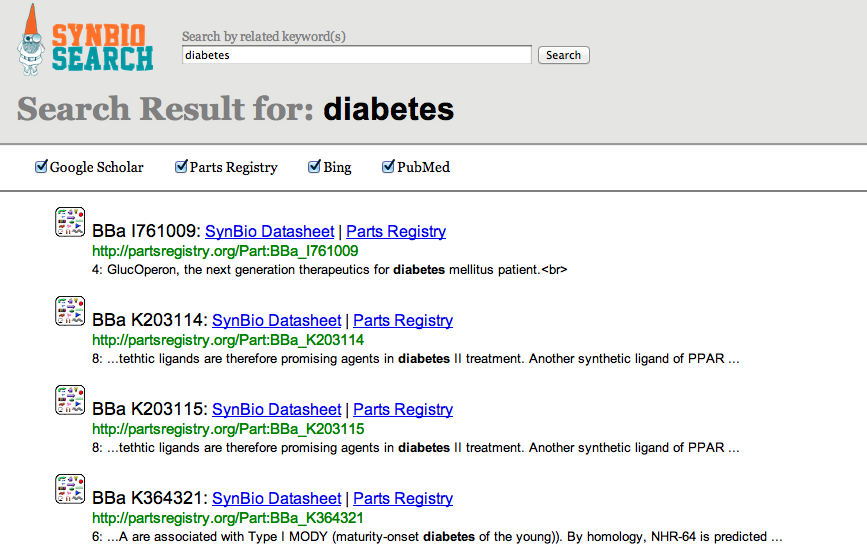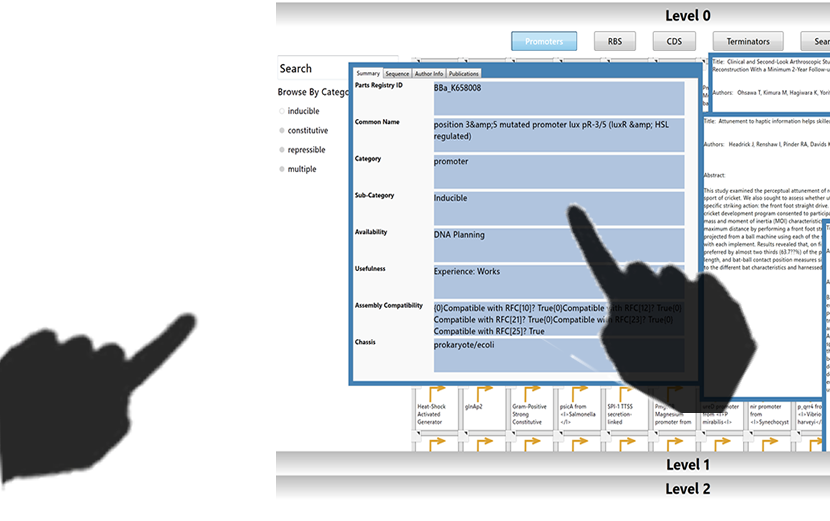Team:Wellesley HCI
From 2012.igem.org
(Difference between revisions)
| Line 110: | Line 110: | ||
<ul id="nav"> | <ul id="nav"> | ||
<li><a href="https://2012.igem.org/Team:Wellesley_HCI/Team">Team</a> | <li><a href="https://2012.igem.org/Team:Wellesley_HCI/Team">Team</a> | ||
| - | <ul> | + | <ul> |
| + | <li><a href="https://2012.igem.org/Team:Wellesley_HCI/Team">Team Members</a></li> | ||
<li><a href="https://2012.igem.org/Team:Wellesley_HCI/Notebook">Notebook</a></li> | <li><a href="https://2012.igem.org/Team:Wellesley_HCI/Notebook">Notebook</a></li> | ||
<li><a href="https://2012.igem.org/Team:Wellesley_HCI/Acknowledgement">Acknowledgement</a></li> | <li><a href="https://2012.igem.org/Team:Wellesley_HCI/Acknowledgement">Acknowledgement</a></li> | ||
| Line 127: | Line 128: | ||
</li> | </li> | ||
| - | <li><a href=" | + | <li><a href="https://2012.igem.org/Team:Wellesley_HCI/Human_Practices">Human Practices</a> |
<ul> | <ul> | ||
| - | <li><a href="https://2012.igem.org/Team:Wellesley_HCI/ | + | <li><a href="https://2012.igem.org/Team:Wellesley_HCI/Human_Practices">User Research</a></li> |
| + | <li><a href="https://2012.igem.org/Team:Wellesley_HCI/Methodology">User Centered Design</a></li> | ||
<li><a href="https://2012.igem.org/Team:Wellesley_HCI/Safety">Safety</a></li> | <li><a href="https://2012.igem.org/Team:Wellesley_HCI/Safety">Safety</a></li> | ||
<li><a href="https://2012.igem.org/Team:Wellesley_HCI/Outreach">Outreach</a></li> | <li><a href="https://2012.igem.org/Team:Wellesley_HCI/Outreach">Outreach</a></li> | ||
Revision as of 18:39, 3 October 2012


Welcome!
Synthetic biology will require a multidisciplinary, collaborative design environment in order to engineer the complex biological systems of the future. Our team will create a collection of software tools which address specific technical synthetic biology challenges while simultaneously advancing the way in which users interact with computing environments. Our software will support the scientific workflow process by supporting each step: research, brainstorming, building, test, troubleshooting, iteration, and analysis. The combination of human computer interaction, bio-design automation, and experimental design makes our effort unique in the iGEM experience and closes the loop on the design-build-test methodology.




 "
"





